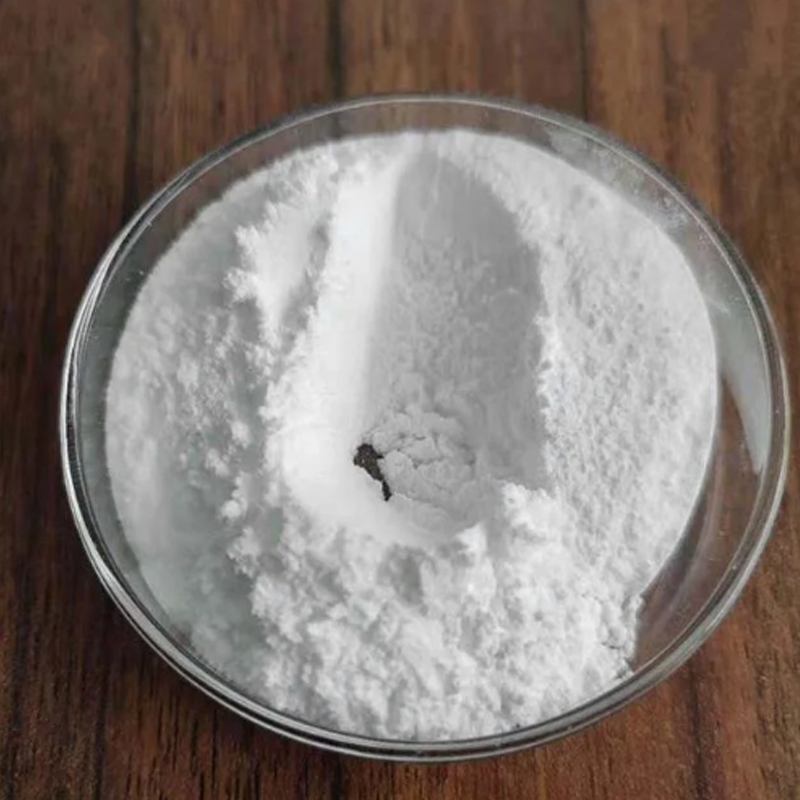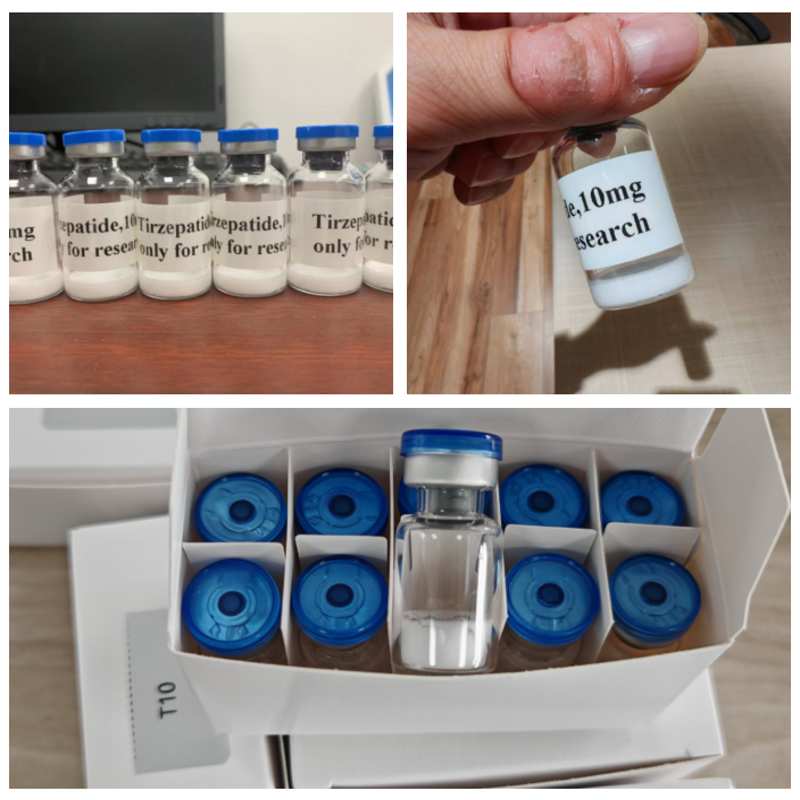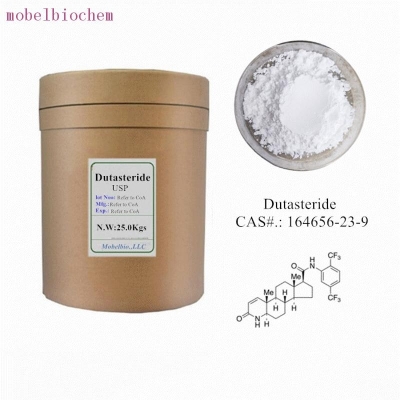-
Categories
-
Pharmaceutical Intermediates
-
Active Pharmaceutical Ingredients
-
Food Additives
- Industrial Coatings
- Agrochemicals
- Dyes and Pigments
- Surfactant
- Flavors and Fragrances
- Chemical Reagents
- Catalyst and Auxiliary
- Natural Products
- Inorganic Chemistry
-
Organic Chemistry
-
Biochemical Engineering
- Analytical Chemistry
-
Cosmetic Ingredient
- Water Treatment Chemical
-
Pharmaceutical Intermediates
Promotion
ECHEMI Mall
Wholesale
Weekly Price
Exhibition
News
-
Trade Service
This article is the original of the translational medicine network, please indicate the source when reprinting
Author: Lily
A large number of studies have shown that the thermogenic efficacy of adipose tissue has a clear negative correlation with obesity and related metabolic syndromes; Promoting the thermogenic activity of adipose tissue will be effective in inhibiting the development of
Adaptive thermogenesis and metabolic homeostasis
01
Adipose tissue is an important metabolic organ of the body, and they are essential for maintaining and regulating the homeostasis
In response to external stimuli, such as cold exposure or beta3-adrenergic agonists (e.
Thermogenic fat cells not only have a profound effect on energy expenditure, but also regulate the health and whole-body metabolism of adipose tissue as a
The endoplasmic reticulum (ER) is a membrane-bound organelle that is not only the main site for protein folding and maturation, but also for nutrient sensing and processing
IRE1 is a transmembrane protein localized to the endoplasmic reticulum with the activity
In mammals, IRE1α is able to sense the nutritional metabolism status of the body in different metabolic tissue cells and is involved in regulating a variety of glycolipid metabolism processes
At 30 °C or 8 °C, IRE1α deletions alter the number of genes expressed in relation to organelle function
IRE1α inhibits beige adipocyte activity
02
Liu Yong's team at the School of Life Sciences of Wuhan University has been working for many years to explore the mechanism of
On September 19, Liu Yong's team published a research paper
further investigate the mechanism between endoplasmic reticulum stress and abnormal thermogenic fat function, the research team found through animal models that after cold stimulation, the IRE1α pathway in subcutaneous white fat and brown tissue was significantly activated; This suggests that the IRE1α protein may be involved in regulating thermogenic remodeling
By constructing an IRE1α-specific knockout mouse (AKO) model in fat cells, it was found that AKO mice had a stronger ability to maintain body temperature, that is, thermogenesis levels; The degree of browning of the white adipose tissue of the subcutaneous groin is also significantly enhanced
In addition, AKO mice had higher metabolic rates after adrenoceptor agonist treatment, and their subcutaneous adipose tissue lipolysis and browning rates were also significantly increased
Using biometric techniques such as transcriptomics to detect technology, the research team analyzed the molecular mechanism of IRE1α to regulate the browning of adipose tissue - IRE1α down-modulated the expression level of the transcriptional co-activator PGC1α through RIDD to prepare the expression procedure
Potential intervention targets for the treatment of obesity and related metabolic diseases
03
Subsequently, the research team found in the high-lipid-induced obesity mouse model that the high-fat diet can significantly activate the RNA endonuclease activity of IRE1α in fat cells, while significantly downregulating the expression level
Further metabolic phenotyping studies have shown that AKO mice can resist obesity and glycolipid metabolism disorders induced by high-fat diet, and small molecule inhibitors of IRE1α RNA endonuclease can also significantly alleviate the process of obesity induced by high fat and improve the glucose metabolism function
The results of this study confirm the important function of IRE1α in adipose cells in adipose tissue metabolism remodeling, reveal the negative feedback regulation effect of IRE1α-PGC1α signal axis on the activation of beige fat cells, and provide further proof
of principle for targeting IRE1α RNA endonuclease to inhibit obesity and related metabolic diseases.
Resources:
This article is intended to introduce medical research advances and cannot be used as a reference for
treatment options.
For health guidance, please visit a regular hospital
.
Recommended Live/Events
09/27 14:00-17:30 Shanghai
Innovative technology to facilitate the summit forum on accurate diagnosis and treatment of tumors
Scan the code to participate for free
November 03-04 09:00-17:30 Shanghai
The 3rd Yangtze River Delta In Vitro Diagnostic Industry Forum
Scan the code to participate for free
November 11-25 27:09-00:17 Shanghai
The 4th Shanghai International Cancer Congress
Scan the code to participate







